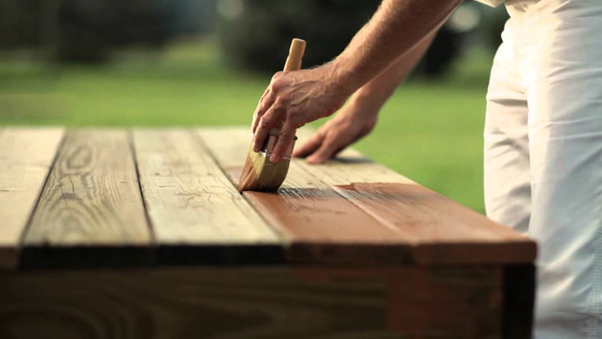Retro is the new black. Again!
Structural, experimental, and free standing; this post-depression design, flexible in size with multifarious functionality is fitting to the lifestyle and crammed spaces of post millennia living. Created by revolutionary midcentury designers with a focus on sleek geometry, the ‘less is more’ philosophy has resulted in iconic pieces such as legged coffee tables, statement light fixtures, and eccentrically set chairs.
Glazed in earthy tones of brown, accentuated with accessories hued in amber, orange and olive-green tones, the Retro look is easy to attain with just a few changes to already existing furniture. The retro colour palate, unlike any seen before or after, is experiencing a revival; brought on by the onslaught of Instagram users trending unsaturated filters on social media.
The retro look is an amalgamation of texture and bold inventiveness, inspired by outlines found in nature. Creativity pairs organic wood and natural fibers to make pieces that reflect the past and the future. You can transform your living space to exude retro appeal by applying simple remodeling and refurbishing tricks at home.
Apply a New Stain
Ideally the material of wood used to build the furniture must be walnut, cherry, oak, or rosewood for an authentic retro feel. However, a wash of stain on wood can bring about similar results and make the furniture seem retro. Update the finish on your chosen piece by opting for natural stains in earthy tones such as Cherry, Walnut or Mahogany.
Plain maple with orange hues is characteristic of the era while the brightness of the colour opens up small spaces. Additionally, if you’re going for a more serene tone, walnut coloured and fruitwood stains add an old world charm on rustic wood. Pair lighter browns featuring reflecting gold undertones with structural pieces while reserving darker finishes reflecting pumpkin undertones for geometric statement pieces. This will balance the aesthetics in the room.

Change Design Elements
When it comes to mid-century appeal, less is more. Originally, pieces constructed in that era followed the rule of clean geometric lines while surfaces may be laminated with particle wood. Tables, characteristic of the 1950’s era, exhibit sleek legs and eccentric arms. Most designs from the 1970s are bulky with low seating. Media stands and TV console tables are a throwback to the CRT television age and iconic of the era.
For a quick and simple retro look, add wooden or metal legs to legless console tables, dressers, and even storage cabinets. Use these as coffee tables or media cabinets for living rooms. Adding a layer of laminate to the surface is a quick way to update your furniture and give it a retro look. Play around with wood laminates in neutral colours, or opt for the classic white; however, make sure the laminate showcases a Teak, Rosewood or Cherry wood pattern reflective of the time period.

Textures
Add elements of the past in your bed covers, curtains, and cushion accessories. Unsaturated green and orange tones like Carrot, Dijon, Olive, Honey, and Amber bring maturity to the living space while sporadic bursts of floral designs add charm.
Upholster chair cushions with floral prints, or textured cloth and couches with somber brown leather. Distinctive of that era, you can also do away with bulky couches and set lounge chaise, designed with a thin wooden frame, with leather seats. Add natural materials like wool and cotton to contrast wooden accent, by placing rugs, cushions or even crocheted sofa throws.



















Your Message